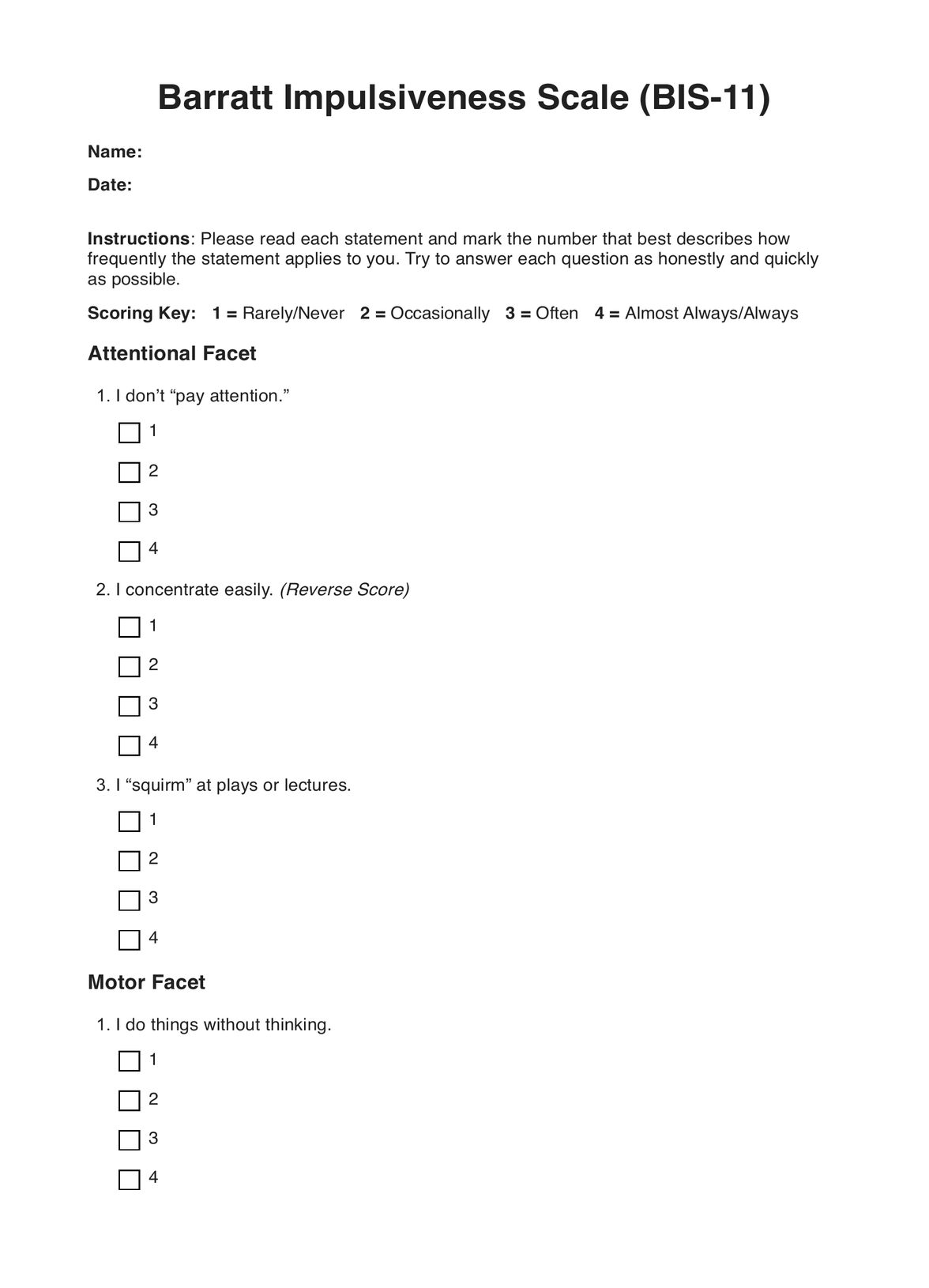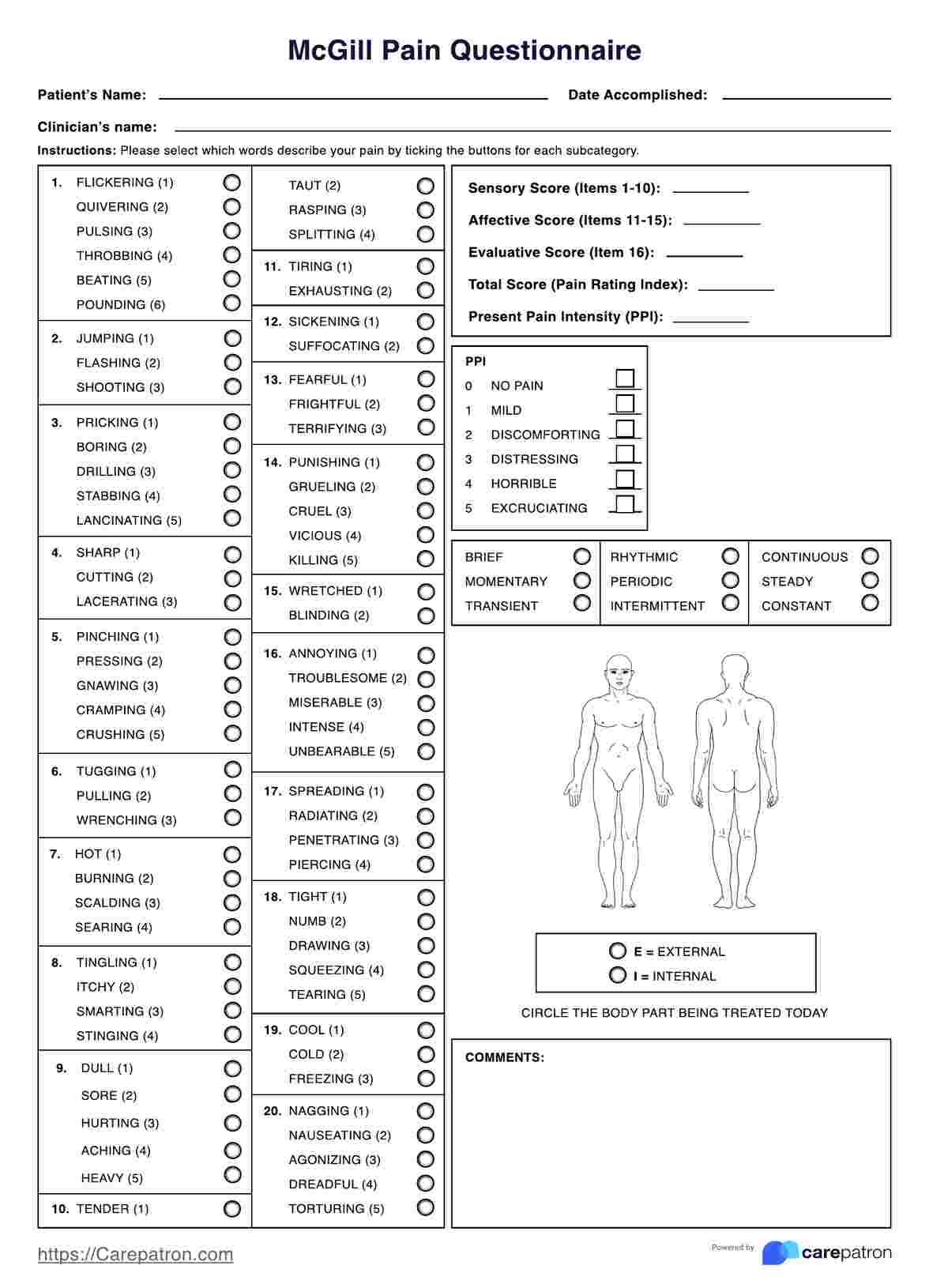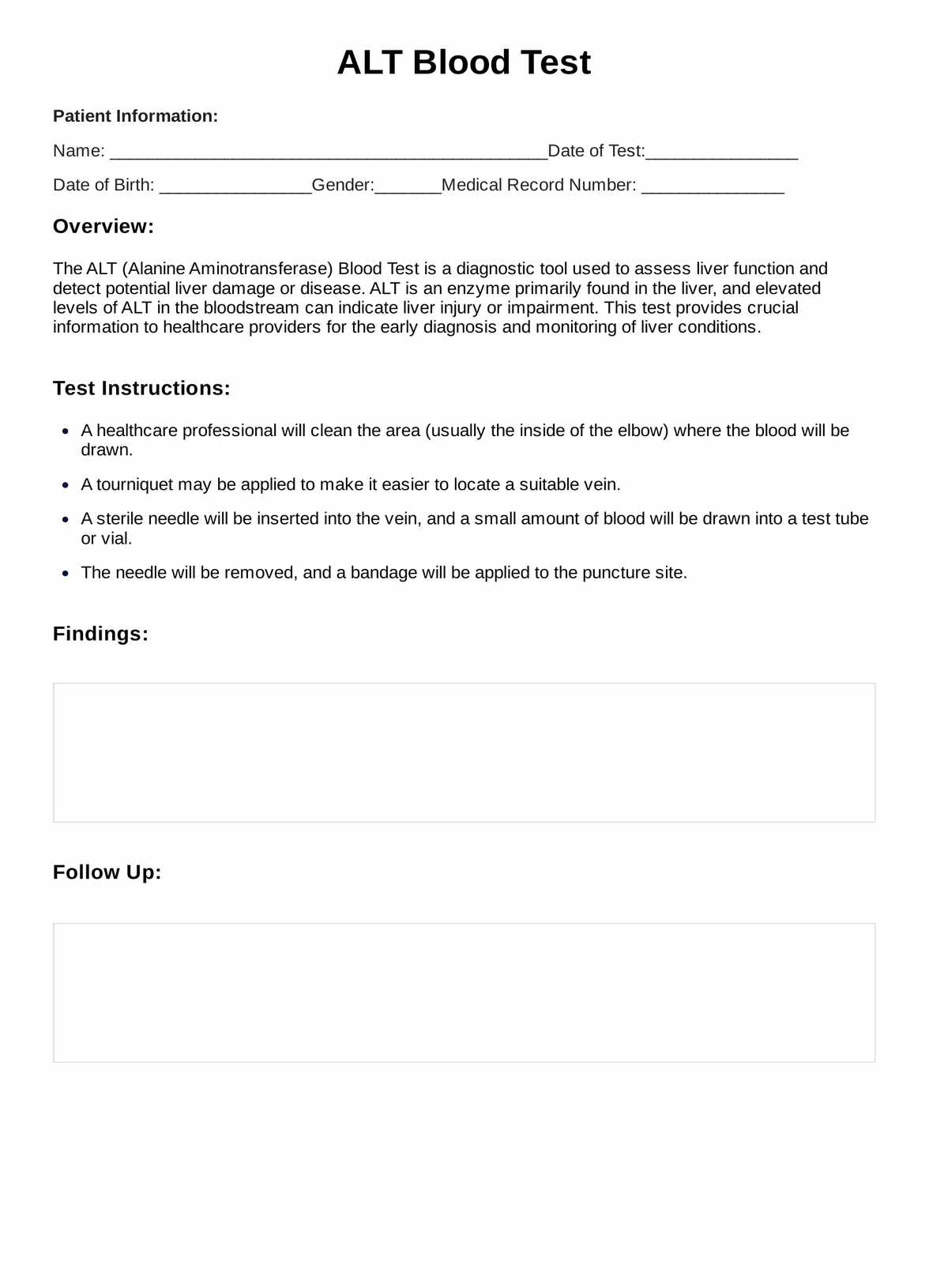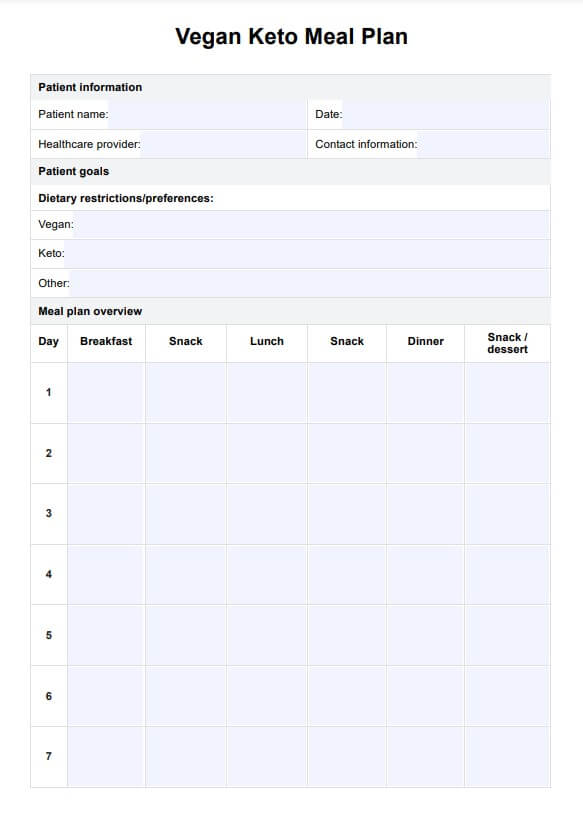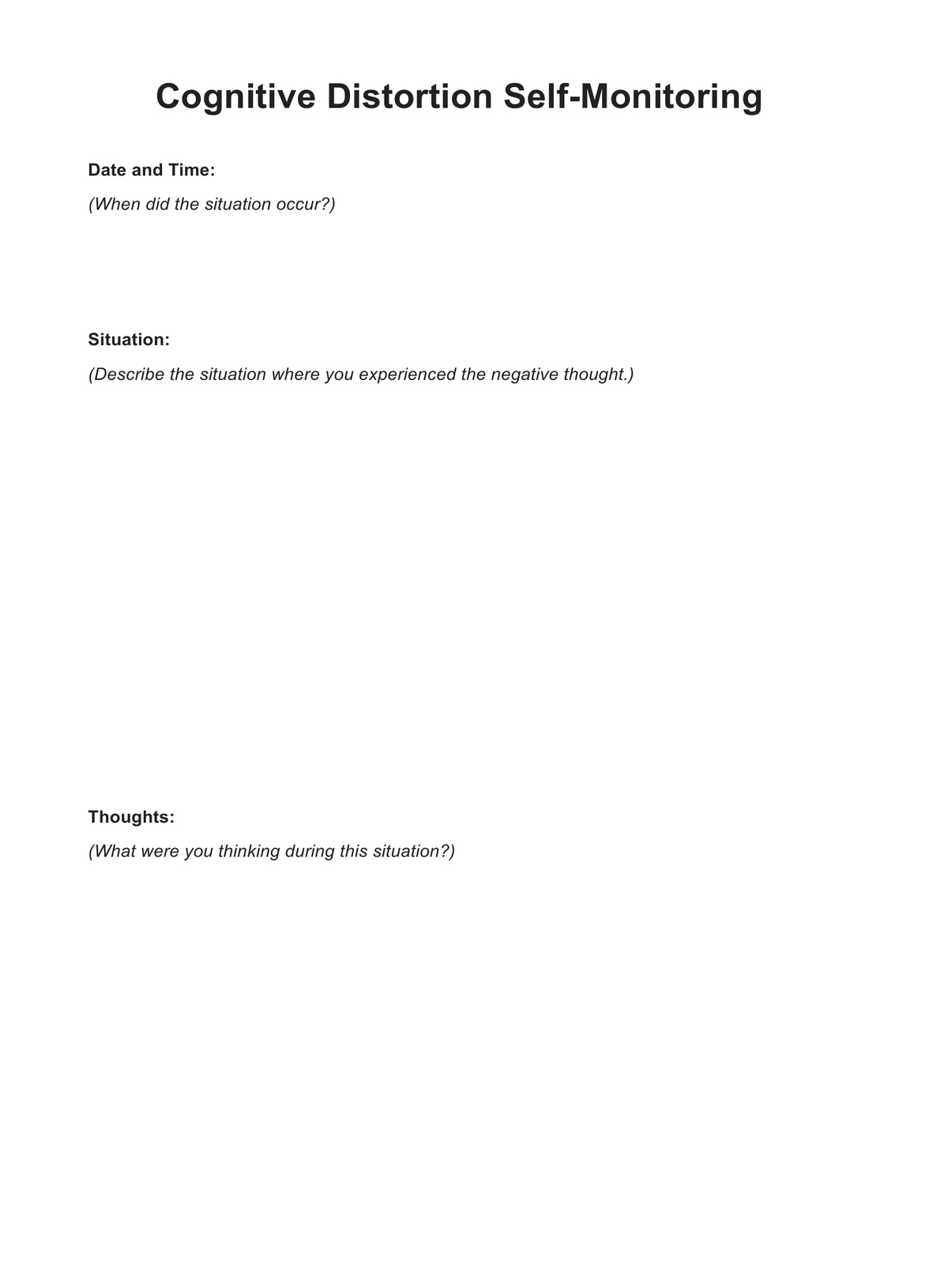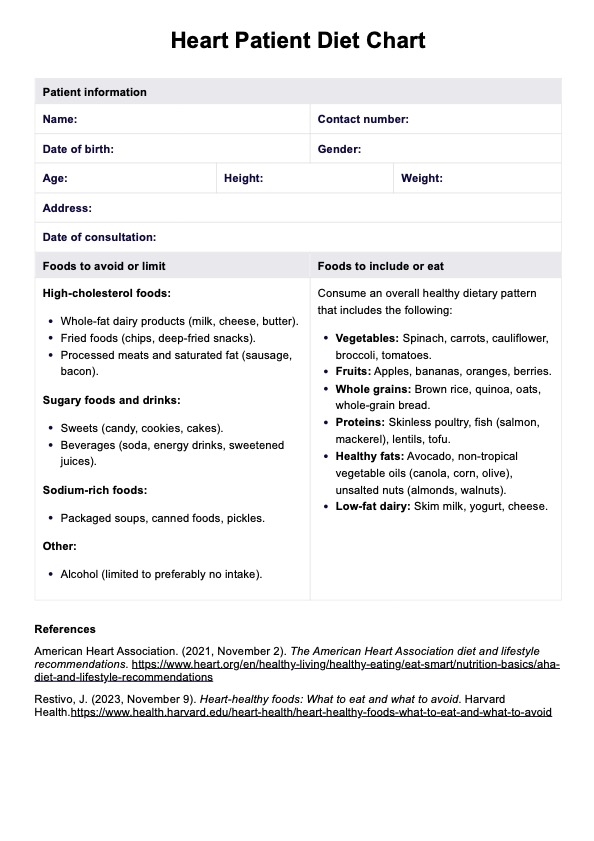Work-Life Balance Worksheet
Achieve work and personal life harmony with our Work-Life Balance Worksheet. Assess, prioritize, and improve your balance for a happier, healthier you.


What is work-life balance?
Many people strive for work-life balance, recognizing its importance in sustaining well-being and happiness. Yet, despite their best intentions, achieving this balance often proves elusive. Juggling the demands of work alongside personal commitments can feel like a constant struggle, leaving individuals feeling overwhelmed and burnt out. The desire to excel in one's career while nurturing relationships, pursuing hobbies, and caring for oneself is a common aspiration. Still, it can seem like an unattainable goal for many.
The notion of work-life balance emerged during the push for the eight-hour workday in the early 20th Century due to worker activism. While not explicitly termed "work-life balance" at the time, it included separating work tasks from personal life commitments (Morgan, 2023).
Work-life balance means finding equilibrium between the time and energy allocated to work-related activities and those devoted to personal pursuits, such as family, leisure, and self-care. It encompasses effectively managing responsibilities in both domains without feeling overly stressed or sacrificing one for the other.
Achieving work-life balance is not about wholly separating work from personal life but finding harmony and integration between the two spheres. Striking this balance is crucial for promoting mental and physical well-being, reducing stress, and enhancing overall quality of life.
Various factors contribute to work-life balance challenges, including long working hours, demanding job responsibilities, lack of flexibility in work arrangements, and societal expectations.
The quest for work-life balance requires conscious effort, effective time management, boundary setting, and prioritization of personal well-being. It involves recognizing when to step back from work and devote time to rest, relaxation, and meaningful relationships. While it may require trial and error, finding the balance is vital for leading a fulfilling and sustainable life.
Work-Life Balance Worksheet Template
Work-Life Balance Worksheet Example
What problems can the lack of work-life balance lead to?
Not all jobs have a 9-to-5 schedule. Some professions require long hours and dedication. However, it's essential to acknowledge that even the most passionate workaholic needs time to recharge to function at their best. A lack of work-life balance can result in a cascade of problems in various aspects of your life. Here are five ways a lack of work-life balance can negatively impact you:
Physical and mental health decline
A study examined the impact of work-life balance (WLB) on individual outcomes across different cultures. It revealed that WLB positively affects job and life satisfaction while reducing anxiety and depression, with cultural factors such as individualism/collectivism and gender egalitarianism moderating these effects (Haar et al., 2014).
Constant stress and exhaustion from overwork can affect your body and mind. You might experience headaches, sleep problems, and a weakened immune system. In return, you may become more susceptible to illnesses. Moreover, chronic stress can cause anxiety, depression, and burnout.
Strained relationships
When work bleeds into your personal life, it can create tension and distance with your family and friends. You may constantly cancel plans or need more time to have meaningful conversations. Quality time is necessary to maintain important relationships.
Decreased productivity at work
Ironically, working long hours doesn't always translate to better results. Your ability to focus and be creative suffers when you're constantly overwhelmed. You might make more mistakes or take longer to complete tasks.
Research looked into the correlation between working hours and productivity in a sample of call center agents, finding that increased hours lead to longer call handling times, indicating decreased productivity, possibly due to fatigue, even in predominantly part-time roles (Collewet & Sauermann, 2017).
Difficulty maintaining a balanced life
The longer you neglect your personal needs, the harder it becomes to create healthy habits and routines. It becomes a cycle - you're too tired to exercise, cook nutritious meals, or prioritize sleep, further hindering your ability to manage work effectively.
Loss of control and increased stress
Feeling overwhelmed by work can make you feel like you're constantly playing catch-up. Having a never-ending to-do list that you need help to get a handle on may make you feel a loss of control, thereby increasing stress and anxiety.
What is a Work-Life Balance Worksheet?
A work-life balance worksheet is a resource to help you assess your current satisfaction with different areas of your life and identify where adjustments might be needed. It typically involves self-reflection exercises that prompt you to consider your priorities in work, family, health, hobbies, and other vital aspects.
These worksheets can take different formats. Some might use a pie chart where you allocate slices based on how much time and energy you invest in each area. Others might use rating scales to gauge your satisfaction level in different categories. Regardless of the format, the goal is to gain a clear picture of your current balance and create an action plan to achieve a more fulfilling and sustainable lifestyle.
Our worksheet includes sections documenting one's work schedule, responsibilities, and personal activities. The worksheet propels individuals to reflect on their time allocation, satisfaction with work-life balance, and challenges they face in disconnecting from work during personal time. Additionally, it includes reflection questions to help individuals identify areas for improvement and potential solutions.
How does our worksheet work?
Work-life balance is essential for overall well-being, especially in demanding professions. Our worksheet helps individuals assess and improve their work and personal life balance.
Step 1: Download the template
Begin by downloading the provided template. Depending on your preference, you can print it out or fill it out digitally.
Step 2: Fill out the worksheet
Write your name, role, and work schedule in the designated fields. Be accurate and thorough in documenting your work responsibilities and personal commitments.
Step 3: Reflect on time allocation
Use the time allocation section to assess how much time and energy you dedicate to work and personal life. Rate your satisfaction with this balance and identify areas for improvement.
Step 4: Answer reflection questions
Reflect on your feelings at the end of a workday, challenges in disconnecting from work, and recent instances of imbalance. This helps identify specific challenges and figure out potential solutions.
Step 5: Organize priorities, identify solutions, and implement changes
Consider how you prioritize personal commitments alongside work responsibilities, identify potential solutions, and take proactive steps to implement changes. This could involve setting boundaries, delegating tasks, or seeking support from colleagues or supervisors.
Step 6: Monitor progress
Regularly revisit the worksheet to monitor your progress. You must update your responses and continue refining your strategies for balancing work and personal life.
What are the benefits of using this worksheet?
A work-life balance worksheet might seem like a simple tool. However, it can be a powerful resource for anyone dedicated to achieving a more balanced life. Working through these exercises gives you practical steps towards a more fulfilling lifestyle. Here are five key benefits of using a work-life balance worksheet:
- Increased self-awareness: The process helps you assess your current situation. By reflecting on how you spend your time and energy across different areas of life (work, family, hobbies, etc.), you gain valuable knowledge about your priorities and what needs adjustment.
- Goal setting and action planning: Once you have a clearer picture of your current balance, the worksheet can guide you in setting goals for a more balanced life. It can also help you brainstorm specific action steps to achieve those goals.
- Improved time management: Many worksheets incorporate time management tools that help you track how you spend your hours. This empowers you to make informed decisions about allocating your time for work, pleasure, and other essential areas.
- Communication and boundaries: The worksheet can spark conversations about your work-life needs with family, friends, or colleagues. This can lead to better boundaries and a more supportive environment.
- Reduced stress and increased well-being: By actively working towards a more balanced life, you'll likely experience reduced stress and an overall increase in wellness. This can lead to a more fulfilled and enjoyable personal and professional life.
Making use of this action plan template can uplift your practice and improve client experiences.
How can life coaches and therapists help a person achieve work-life balance?
Sometimes, seeing the solutions independently is hard when overwhelmed by work demands and personal obligations. Life coaches and therapists can be invaluable guides in helping you achieve a better work-life balance. Here are five ways they can be instrumental:
- Identifying core values and priorities: Through insightful conversations, they can help you determine your core values and what truly matters to you in life. This clarity allows you to set realistic priorities and make decisions that align with your well-being.
- Developing time management skills: Therapists and coaches can equip you with practical time management tools and strategies. This empowers you to take control of your schedule, delegate tasks effectively, and create space for both professional and personal pursuits.
- Setting healthy boundaries: They can help you establish healthy boundaries at work and in your personal life. This includes learning to avoid unreasonable demands and unplugging from work during off-hours.
- Addressing underlying issues: Sometimes, work-life imbalance can be a symptom of deeper issues like stress, anxiety, or perfectionism. Therapists can help you identify and address these underlying issues.
- Creating support systems: Life coaches and therapists can help you identify and build robust support systems, personally and professionally. Having a network of supportive people can make a significant difference in managing stress.
References
Collewet, M., & Sauermann, J. (2017). Working hours and productivity. Labour Economics, 47, 96–106. https://doi.org/10.1016/j.labeco.2017.03.006
Haar, J. M., Russo, M., Suñe, A., & Ollier-Malaterre, A. (2014). Outcomes of work–life balance on job satisfaction, life satisfaction, and mental health: A study across seven cultures. Journal of Vocational Behavior, 85(3), 361–373. ScienceDirect. https://doi.org/10.1016/j.jvb.2014.08.010
Morgan, K. (2023, February 28). What does work-life balance mean in a changed work world? Www.bbc.com. https://www.bbc.com/worklife/article/20230227-what-does-work-life-balance-mean-in-a-changed-work-world
Commonly asked questions
Poor work-life balance can increase stress, burnout, and decreased productivity.
Prioritizing tasks, setting boundaries, and practicing self-care can help improve work-life balance.
While perfection may not be attainable, making minor adjustments and finding harmony between work and personal life is achievable and beneficial.


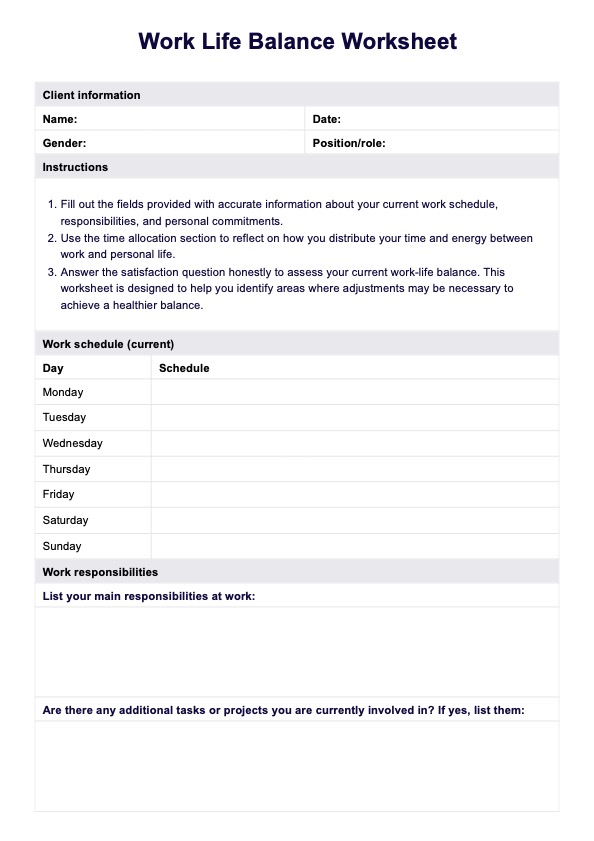
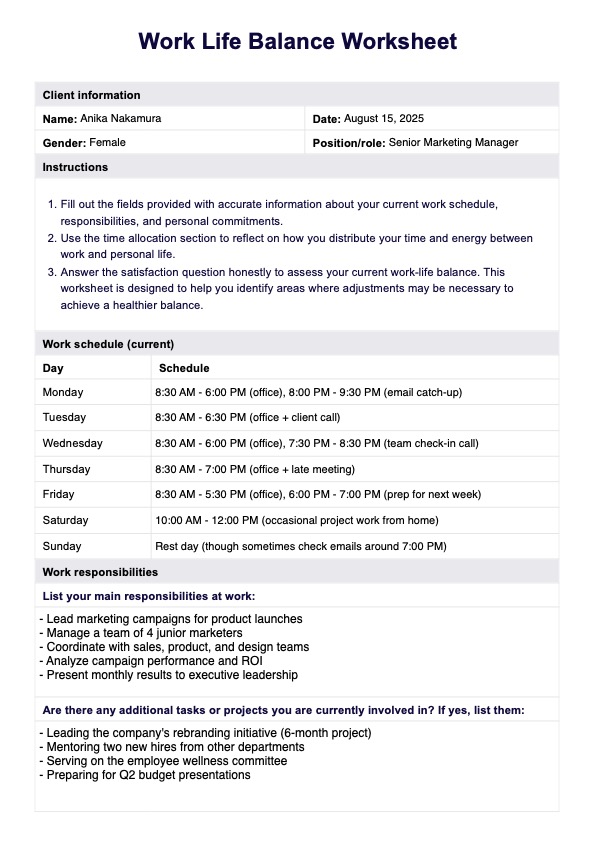

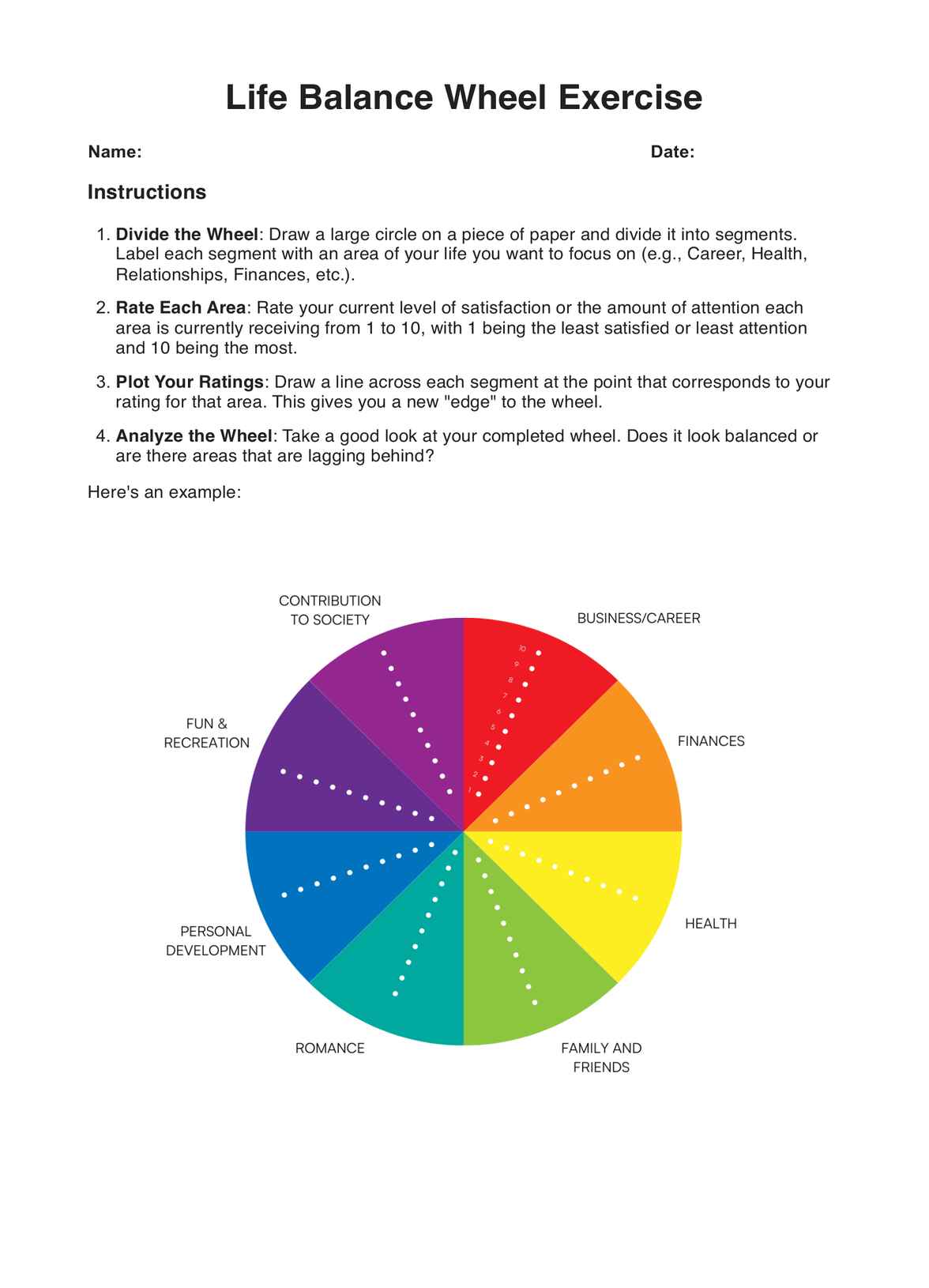
















-template.jpg)


















































































